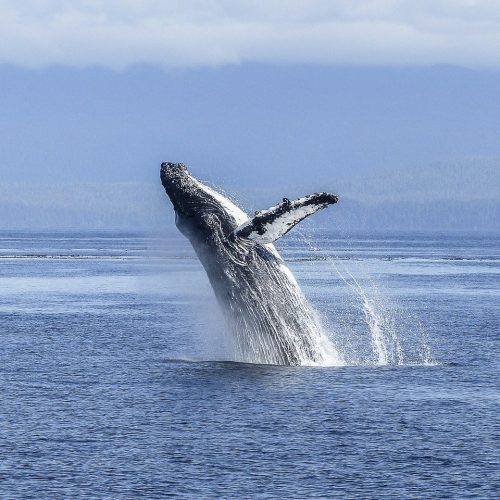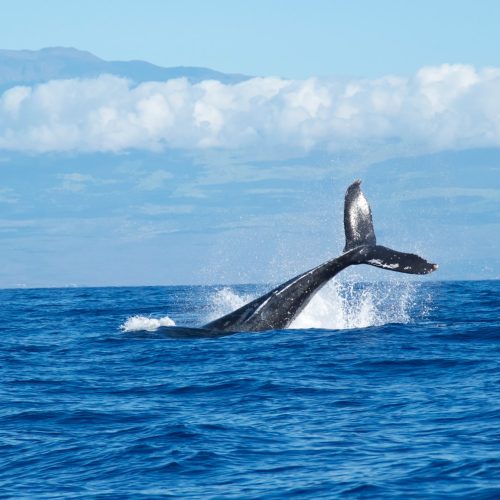Guide to Whale watching in Costa rica
Costa Rica is one of the best places in the world to spot Humpback whales; due to the high ratio of months, you can see humpback whales in different areas. Read through the guide and look at Travelling Whale’s new Whale Watching in Costa Rica itinerary, which gives you a great chance to spot whales and other animals in Costa Rica.
What kind of Whales are in Costa Rica?
Humpback whales are the most commonly seen whale species in Costa Rica. This is because three different humpback species swim in the Costa Rican waters – California Humpback Whales, Antarctic Humpback Whales, and North Atlantic St Lawrence Humpback Whales. While Whale watching in Costa Rica, you may even spot Pilot Whales. Pilot Whales are technically large ocean dolphins. Bryde’s whales have also been seen near Costa Rica from time to time. Orcas have been seen occasionally, but these whales are incredibly rare in Costa Rica.
What time of year can you see Whales in Costa Rica?
Costa Rica has the most extended window for whale watching! Depending on what species you most want to see and whether you’re on the Pacific or the Caribbean coast will impact your decision of when is best for you to go Whale watching in Costa Rica. The best times of year to see Whales in Costa are December-Early April for California Humpback Whales. Late July-November is a great time to watch Antarctic Humpback whales. North Atlantic St Lawrence Humpback Whales can be seen December-March.



Best Places to see Whales in Costa Rica?
Whales can be seen across the Pacific Coast and the Northern Caribbean Coast. But, for the best chance to see whales on your Costa Rican Whale watching adventure, the South Pacific Coast and the Osa Peninsula are the top spots. Within the Osa Peninsula, Drake Bay and Golfito (Golfo Dulce) are two magical spots to whale watch. In the Osa peninsula, sharks, dolphins, sea turtles and lots of tropical fish may also be seen.
The South Pacific coast holds the prime spot for Whale watching in Costa Rica – Uvita. Uvita is home to the beautiful Marino Ballena National Park. This national park was specially set up to protect its waters and wildlife. Marino Ballena National park is home to the largest coral reef on the Pacific Coast of Central America. This area has around 14 kilometres of coastline and is surrounded by flourishing jungle and mountains, so there is plenty to explore and whales to spot.
How to spot whales responsibly
Whale spotting in Costa Rica is fun, yet it is important to ensure it is done responsibly. Regular interference may dangerously affect how they eat, rest, and raise their young ones. Responsible whale watching also means the whales are likely to remain in the area, giving you more time to watch them. Whales are also part of a whole ecosystem, so interrupting them impacts the whales and the other wildlife around them. You can read about the whale Poop Loop ecosystem’s importance here.
At Travelling Whale, we not only encourage clients to spot whales from land but also only work with operators that put the whales and wildlife first. They do this by following local regulations and standards.For example, the operator should move the boat very slowly and keep a sufficient distance from the whales and other wildlife. Operators should also take extra care once they have noticed a mother and young whale pair in the area – these whales are more delicate and may be more easily disturbed. Whale watching operators shouldn’t chase whales or separate individual whales from their groups. Feeding, swimming or diving with whales in Costa Rica Waters is prohibited. Full regulations can be found here.

by Sophie Head
Travelling Whale Intern
